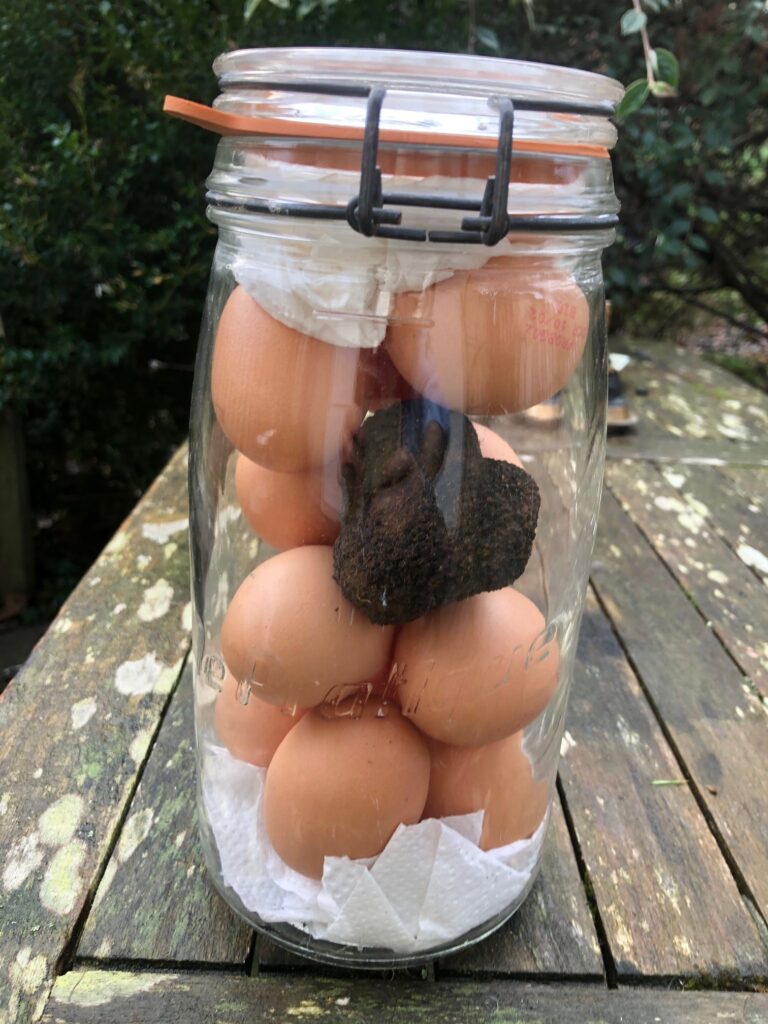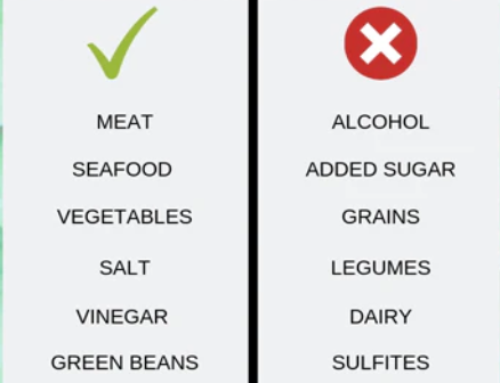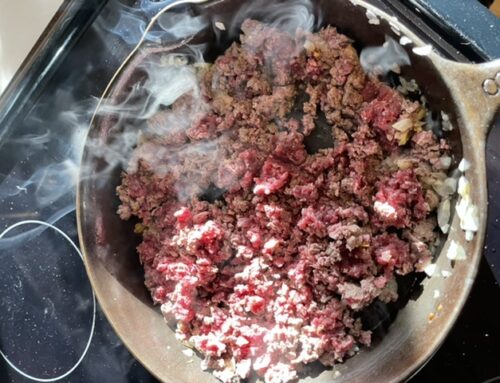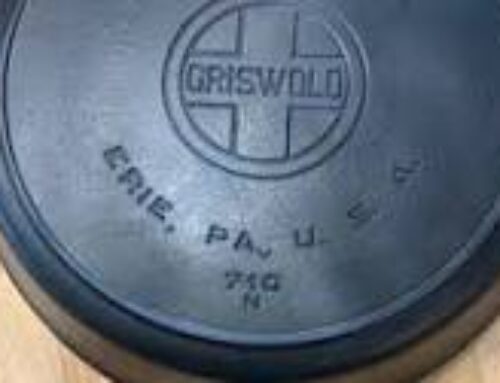La Truffe Noir – Black Truffles together with White Truffles the Diamonds of the Kitchen
Truffles cost more per ounce than gold, or at least white truffles still do. The perceived value of the truffe is far removed from its real gastronmic value that it has become caught up in snobbery and hype. But the high prices are better understood when you consider that truffle production is 500 times lower than 100 years ago and demand is 50 times higher than supplies available.
Our friend in Paris once had an English girlfriend who invited him home to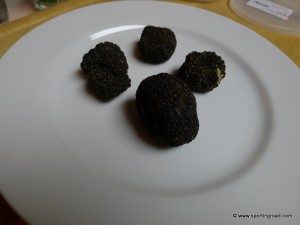 London to visit her parents. He planned to make an impression and brought Burgundean truffles along with him and woke up early the next morning to make French omelets for the family, with a few slivers of truffles sprinkled on top. The girl’s father went to the ice box to grab a bottle of catsup to the Frenchman’s dismay and he attempted to explain the value and culinary uniqueness of the truffle which would be hidden by the ketchup. The father replied, “I always take my eggs with ketchup.” On the next visit with the girl, he arrived with her at Charles de Gaulle airport to “discover” he had left his passport behind and there was not enough time to go back home and retrieve it. Voila, the French way of avoiding the problem without a conflict!
London to visit her parents. He planned to make an impression and brought Burgundean truffles along with him and woke up early the next morning to make French omelets for the family, with a few slivers of truffles sprinkled on top. The girl’s father went to the ice box to grab a bottle of catsup to the Frenchman’s dismay and he attempted to explain the value and culinary uniqueness of the truffle which would be hidden by the ketchup. The father replied, “I always take my eggs with ketchup.” On the next visit with the girl, he arrived with her at Charles de Gaulle airport to “discover” he had left his passport behind and there was not enough time to go back home and retrieve it. Voila, the French way of avoiding the problem without a conflict!
Scientists say that there is a volatile alcohol in truffles that has a strong musky character related to testosterone, so perhaps this is the real reason we are attracted to them.
The truffle is the fruiting body of an underground mushroom. Seeds, call spores, are dispersed through fungivores, animals that eat fungi. Since the 18th Century, truffles as have been known as “the diamond of the kitchen” in French, Spanish, Italian and Greek cuisine. They always found in correlation to the roots of tree species including beech, poplar, oak, birch, hornbeam, hazel, and pine.
The Italian tartufo or white truffle or “Alba madonna” hails from the Piedmont region in northern Italy or the less popular ones found in Tuscany. These are generally the most expensive truffles and are generally harvested in the months of October and November, and can fetch in excess of $15,000 per kilogram. We just got some in from Alba and they are $4,400/lb, which means they come out to around $130 each for a golf ball sized one. They cannot be commercially inoculated with spores from the truffles to try to grow more (which is only haphazard at best), like their black brethren, hence the higher price. There is nothing wrong with the eastern European truffles, but they are smaller and, some say, less flavorful, but for many this may be the only way to experience white truffles.
The black Périgord truffle are most prized from the Périgord region of France, but are found from Provence to the Alpes under oak and Hazelnut trees. Specimens can be found in late autumn up until the first frost. Those from Spain, Italy, and Eastern Europe are less prized. Black truffles sell for $1600-3800 and up, depending upon the market.
The Chinese truffles are bountiful and are often exported to the West as inferior-quality substitutes.
The burgundy truffle is prized for its culinary value and there are, in fact two varieties, the burgundy truffles, harvested in autumn until December, and summer truffles, harvested in summer, whose flesh is of paler color and whose aroma is less pronounced. Burgundian black truffles come mid-September, the first of the year from France. We have been getting them from Umbria, Italy from the same importer and the quality was great with them. The price should be right around $300 per pound, or $20 for a ping-pong ball sized one.
In the US, we also have a white truffle found commonly in the Northwest and even Colorado and the pecan truffle found in the South and usually associated with pecan trees, fetching about $100 a pound and have some gourmet potentials.
The average life cycle of a truffle-producing tree is 30 years and acorn trees are a popular production method for truffle fields, a trend spread from France now nearly onto every continent.
While truffle hunting is commonly done with specially trained (and muzzled) truffle pigs it is also done with dogs, everything from converted species of bird dogs to the specially bred Lagotto Romagnolo. I witnessed an Epanuel Breton used for this purpose in France and hope to replicate these adventures on the sporting road in my retirement years. Truffle hunting is often done by those that feel game hunting is too harsh. But if you go out with dogs hunting for truffles you have all the same sensations, the wait, the search, the chase, the hide from other hunters, and the joy and fulfillment of bringing to table your hard-earned quarry. The truffles take on the flavors of the trees they grow under, from oak and hazel to polar, lime willow or cherry. The ones grown under lime trees are the lightest in aroma.
I have purchased fresh truffles, preserved ones, typically in a light brine, and those cured in olive oil, which are generally the least expensive. We prefer to serve white truffles raw, simply shaved over steaming buttered pasta, salads or eggs. 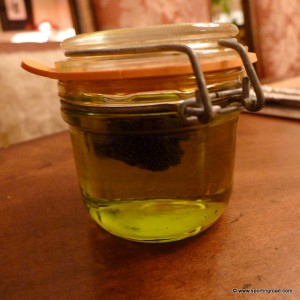
Paper-thin truffle slices of black truffles are best enjoyed inserted into meats, under the skins of roasted fowl, in foie gras preparations, in pâtés, or in stuffings.
The flavor of black truffles is far less pungent and more refined than that of white truffles. The scent of any truffle fills a room almost instantly. They last approximately a week, before becoming moldy. They can be frozen if necessary.
Americans, if familiar with truffles at all, associate them with truffle oil, a lower cost and conveniently preserved substitute for truffles, however be ware, as most “truffle oils” do not contain any truffles and are synthetically flavored.
Truffle vodka is also a popular new invention, as it preserves the truffle flavor and the alcohol is evaporated during cooking. We are experimenting with both the oil and vodka curing methods, rather than buying them already preserved as such and will apprise you of the results. To many this borders on heresy, as truffles are best enjoyed fresh and in season, but why not have them all year-long to enjoy? In a pinch, you can simply use a few drops of the olive oil or vodka infused with the truffles (shaking occasionally, storing in a cool, dark place), in place of the truffles.
Every year, families gather at the fair at Alba to buy truffles from the tifolau (truffle hunters) who set out their weighing scales and haggle over the prices, keeping their prized jewels mysteriously hidden in wrapped cloths, during their short season (end of September to early December.)
Our favorite truffle recipes are:
Or, simply add a few drops of the truffle oil to butter, sprinkling over popcorn, topped with fresh cracked black pepper and sea salt. I know what is sounds like, but try it, you won’t look back on any other popcorn.

